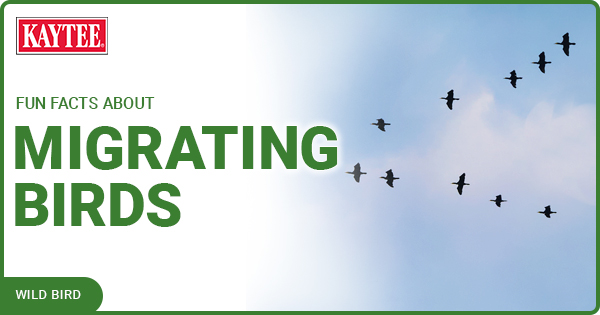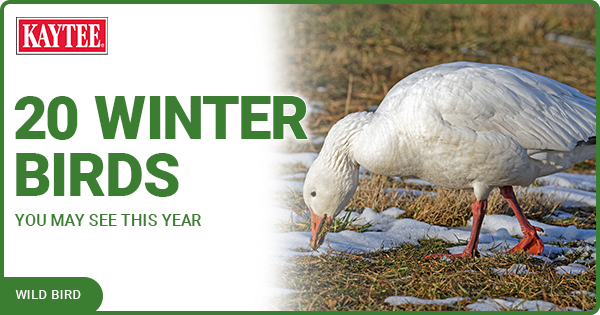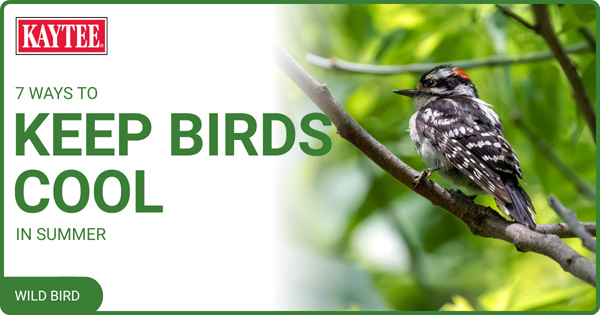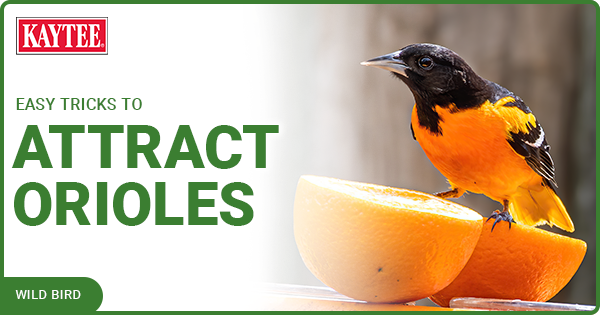The leaves are changing, pumpkins are popping up on doorsteps, and the smell of caramel apples fills the air … what time is it? Fall migration time! But, when does fall migration really start? Which birds migrate in the fall? And, how can you keep these migratory birds fed as they pass through?
When is fall migration?
Migrating birds move in autumn, but autumn’s starting- and end-point will depend on several factors:
Where birds live: Those that live far north in North America start their journey early, sometimes as early as July, while birds that nest closer to the equator usually leave home in September. Light levels and angles: Birds are smart. They pay attention to light levels and the daily angle of the sun. When the days grow shorter and light angles become shallower, they know it’s time to head out. Temperature and climate: When the weather gets cold and rainy, birds get a cue to move on. Food availability: By the end of the summer, crops are depleted and less food is available. Hungry birds will start to move on to more naturally resource-rich areas. Age of babies: Birds won’t migrate until their offspring are old enough to care for themselves or handle migration solo. If you’re on the lookout for a species that doesn’t breed until later in the summer, keep in mind that they’ll stay put longer in the fall than others. What species migrate in the fall?
Blue Jay: Thousands of jays will move south in any given year, but they don’t go south of the United States. Remember, some jays migrate and some don’t. Red-Breasted Nuthatch: When cone crops are poor in northern forests, red-breasted nuthatches move southward. Sometimes, when food supplies are good, red-breasted nuthatches will stay put all winter along with their white-breasted brethren. Indigo Bunting: These amazing little birds migrate across the Gulf of Mexico in spring and fall. Did you know they can navigate by the stars? Rose-Breasted Grosbeak: These birds migrate early in fall, mostly at nighttime. Hummingbird: In fall, most species start their southward movements in late August or mid-September. What can I feed migratory birds?
For nuthatches,try our Nut & Fruit Blend. It's specially blended to provide migratory birds the energy they need. For Blue Jays, try our Striped Sunflower. The seeds' high oil content provides larger birds lots of energy, and this seed is triple-cleaned to minimize messes. For Indigo Buntings, try our Wild Finch Blend.This seed comes with sunflower chips and other small seeds that are easy for birds with smaller beaks to enjoy. For grosbeaks, try our Kaytee Sunflower Treat Bell. It's ready to hang, so birds can instantly get the nutrition they're looking for. For hummingbirds, try our ElectroNectar. Our nectar is clear, providing the closest possible substitute for real flower nectar. Hummingbirds love it! Food is essential, but don't forget about fresh water and shelter!
Now that you're "up-to-seed" on fall migration and how to keep feathered travelers well-fed, all you need to do is stock up on seed, sit back, and watch!
Happy birding!
Sources:
https://www.thespruce.com/when-is-fall-migration-386049
https://www.audubon.org/bird-guide
https://www.thespruce.com/when-is-hummingbird-migration-386451

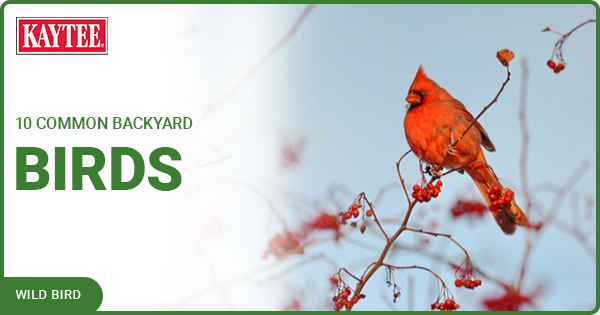
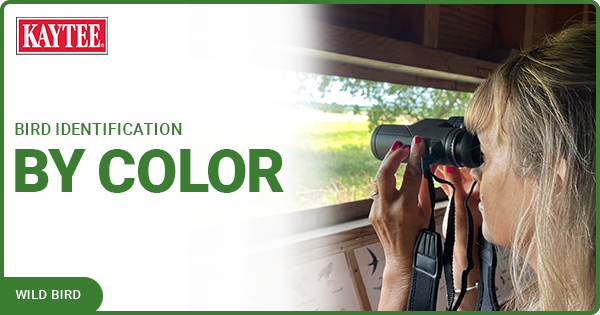
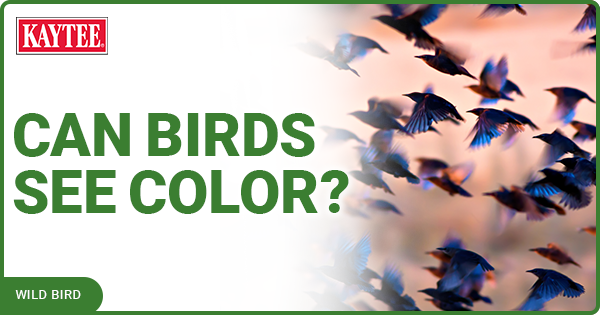
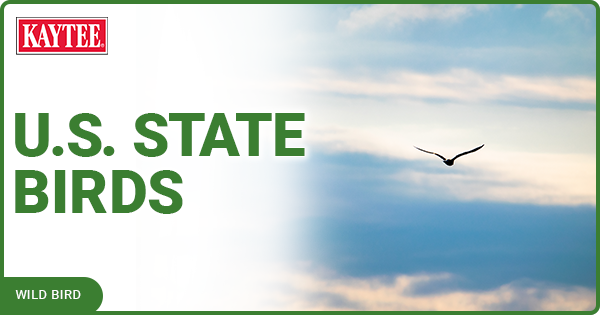
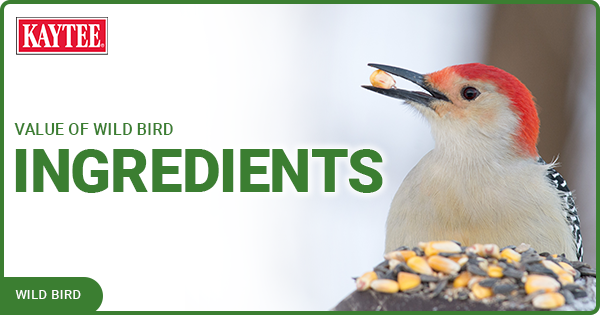
.png?h=315&iar=0&w=600&hash=9C09A701CB4D5CF9B2C5B7FA2DA01F2E)
